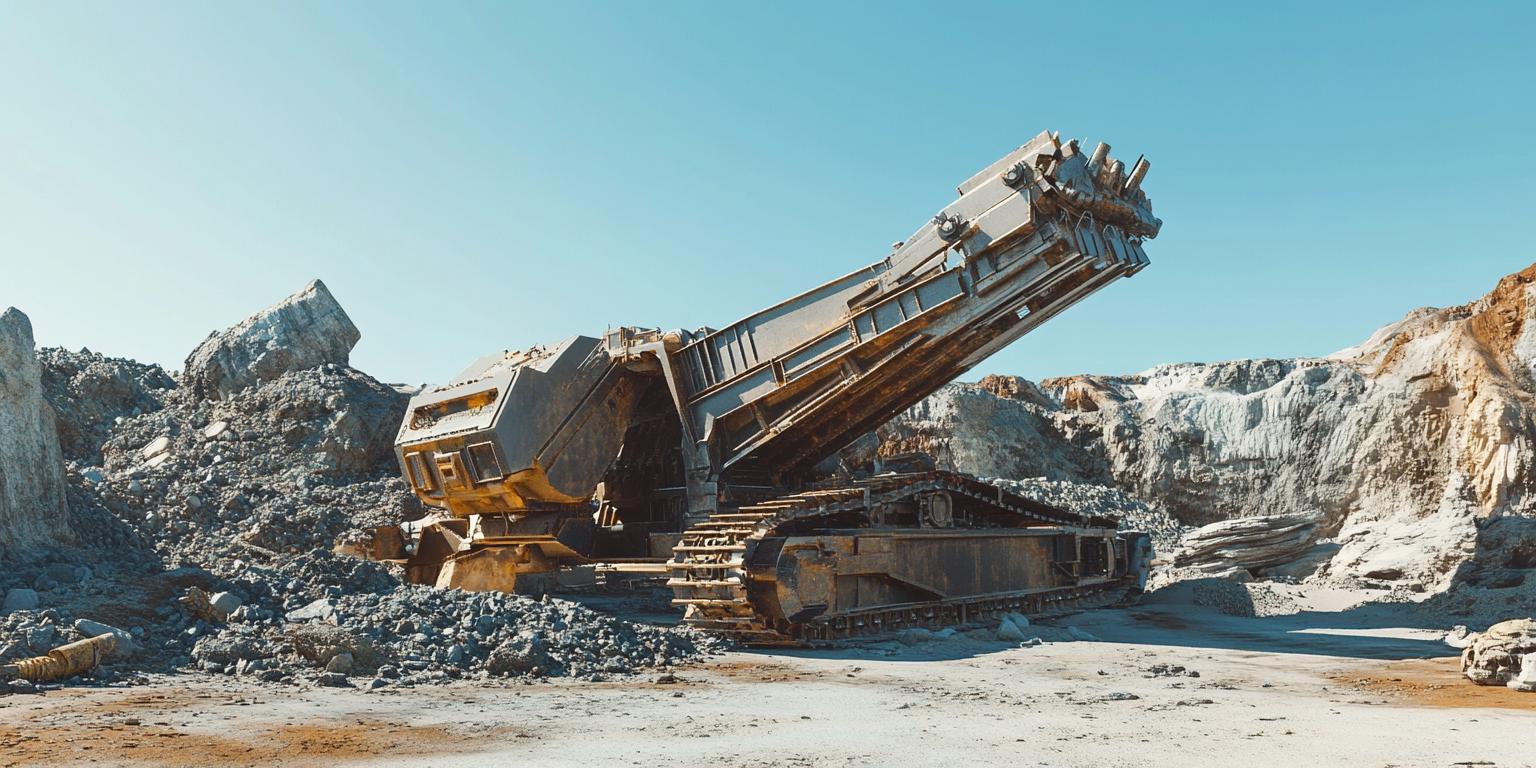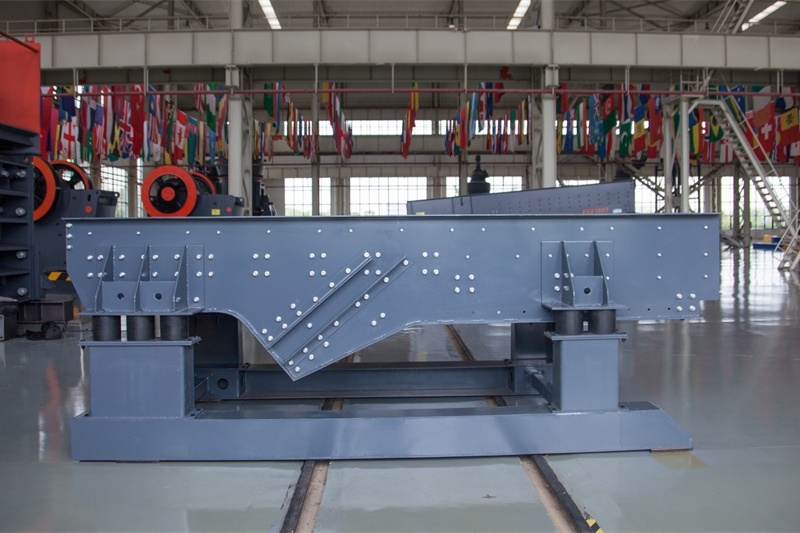
In mineral processing, the transition of an impact crusher from coarse to fine crushing stage demands meticulous equipment setup tied closely with the physical characteristics of the ore. Minerals like limestone, granite, and basalt each present unique hardness, moisture content, and grain size profiles, directly influencing crusher performance. This guide delves into scientific calibration methods and fault diagnosis strategies tailored for these variations, enabling maximized throughput and minimized downtime.
Ore hardness, measured by the Mohs scale and compressive strength values, is a leading factor affecting crusher wear and energy consumption. For example, limestone exhibits moderate hardness (Mohs 3–4; compressive strength ~70 MPa) and low abrasiveness, while granite and basalt are harder (Mohs 6–7; compressive strength 150–300 MPa), requiring robust crusher components and higher energy input.
Moisture content also affects feed flow and clogging risk: materials above 8% moisture increase bridging potential in the crushing chamber, especially during fine crushing phases. Furthermore, initial particle size distribution influences machine setting choices—coarse feed size over 300 mm demands wider crusher chamber openings, while fine feeds require tighter screening.
| Ore Type | Mohs Hardness | Compressive Strength (MPa) | Typical Moisture Content (%) | Recommended Feed Size (mm) |
|---|---|---|---|---|
| Limestone | 3 - 4 | ~70 | 2 - 5 | <300 |
| Granite | 6 - 7 | 150 - 200 | 1 - 4 | <250 |
| Basalt | 6 - 7 | 250 - 300 | 3 - 6 | <200 |
The adaptability of an impact crusher across coarse, medium, and fine crushing stages hinges on parameters such as crushing chamber design, toggle plate settings, and feed material distribution. Selecting an appropriate crushing chamber shape (e.g., heavy-duty chamber for hard rock) reduces wear rates while optimizing throughput.
Screen plate gap adjustments directly impact final product size and the extent of over-crushing—a common pitfall reducing product quality and accelerating wear. For instance, a gap setting of 3–5 mm suits fine crushing of limestone, whereas granite requires slightly larger clearances (5–7 mm) to prevent blockages while maintaining product uniformity.
Feeding methods, such as uniform versus batch feeding, influence crusher performance and wear pattern uniformity. Consistent feed rate avoids surges that cause equipment stress or material pile-ups.
Comprehensive commissioning should begin with trial runs simulating ore characteristics and feed rates at scaled levels, progressing to full capacity only after stabilizing throughput and monitoring vibration and temperature metrics. Systematic adjustment of rotor speed and breakage plates can minimize fines production, reducing wear and energy costs.
Operational focus should remain on avoiding over-crushing—which fragments ore unnecessarily—and material clogging. Implement regular inspection of the discharge zone and install automated blockage detection sensors if feasible.

Typical malfunctions include:
Real-world case: A granite crushing facility reduced downtime from 15% to under 5% by adopting continuous feed monitoring and staged screen gap adjustments, highlighting the value of precise control.

Modern high-performance crushers like the Zhengzhou Kuanglian CI5X heavy-duty rotor impact crusher integrate optimized chamber geometries and wear-resistant materials to deliver up to 20% energy savings along with extended component life cycles. Their flexible design supports quick changeovers between coarse and fine crushing modes—making them prime candidates for diversified ore processing plants targeting operational efficiency and long-term investment returns.

Discover the CI5X Heavy-Duty Rotor Impact Crusher – Boost Your Crushing Efficiency Today